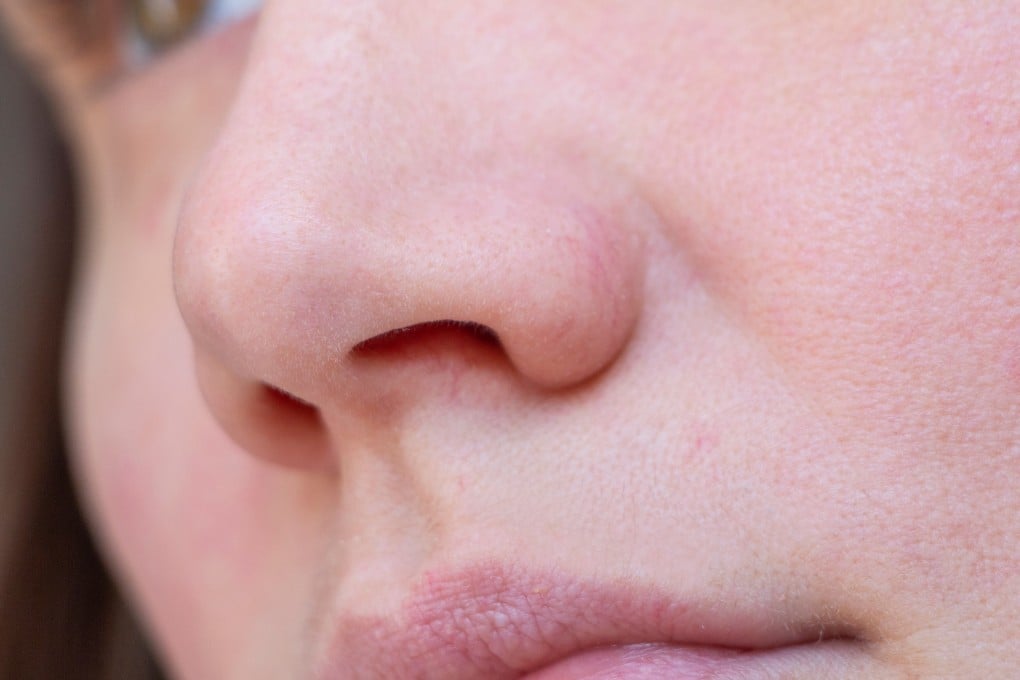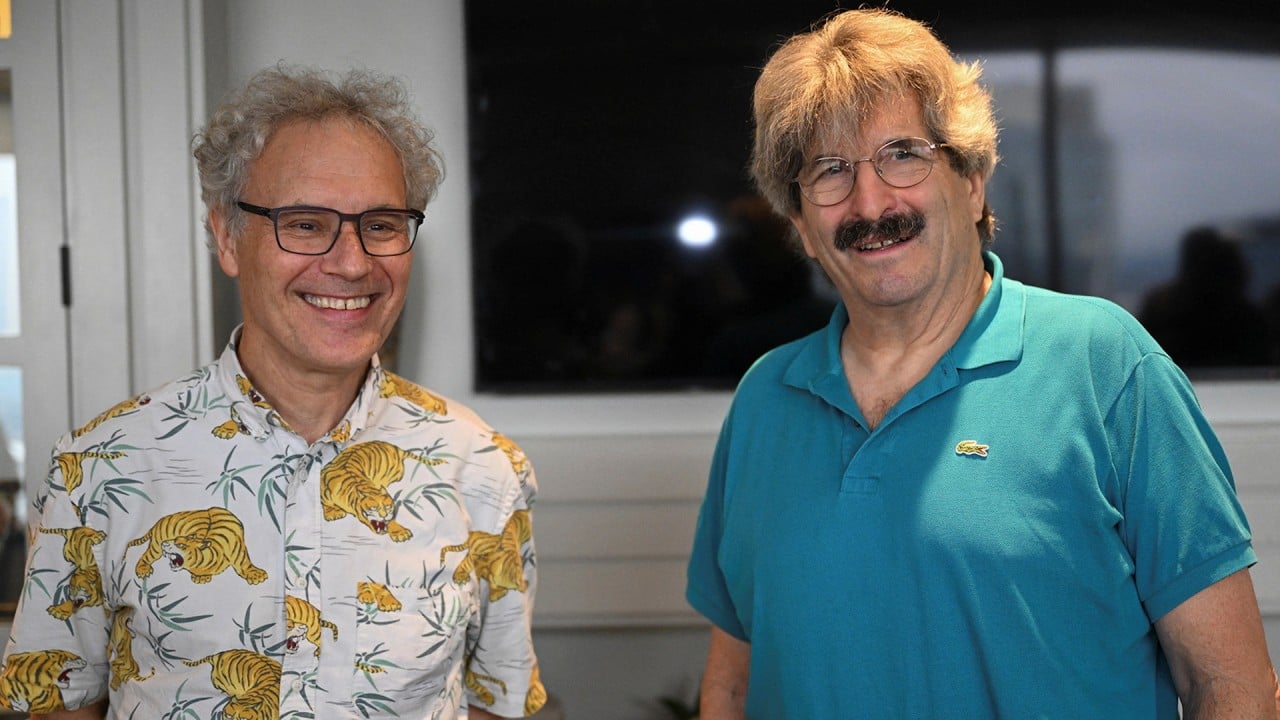Why are men more vulnerable to respiratory disease? A Chinese team finds clues in the nose
Researchers say different structures in nasal microorganisms might explain why women can fight off certain infections more easily

Men and women have different structures in their nasal microorganisms, according to a study that may explain why men are more susceptible to respiratory diseases.
Scientists in China found that women have a more robust nasal microbiota, which they said suggested greater potential to fight respiratory tract infections.
While sex is a key factor in many diseases, the exact mechanism behind immunity differences mediated by sex chromosome complement, genes and sex hormones remains unclear, according to the study.
“[The analyses] identify extensive sex differences in [communities of nasal microorganisms], which may help to further our understanding of the observed sex disparities in the respiratory diseases,” said the team led by BGI Research, a division of the Shenzhen-headquartered BGI Group, the world’s largest genome research organisation.
The team analysed the nasal microbiome – microorganisms found in the nose and sinuses – of nearly 1,600 healthy young adults – the largest cohort to date – through swab samples collected in 2018 in the southern Chinese city of Shenzhen. The average age of the cohort was around 30 years.

